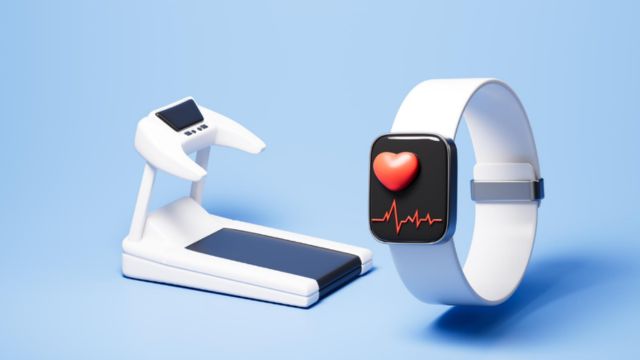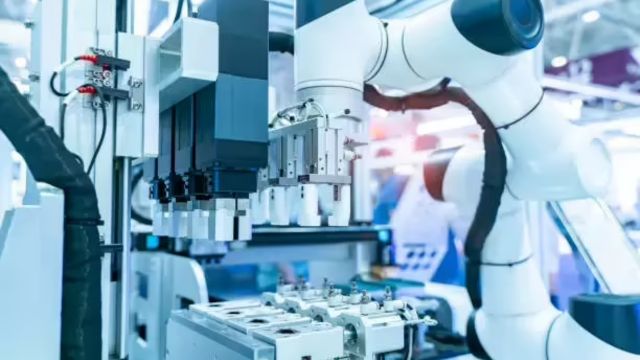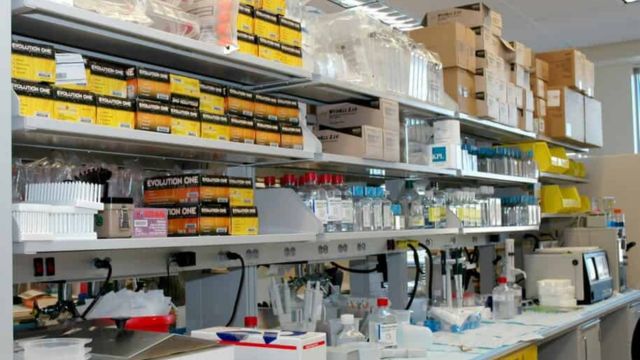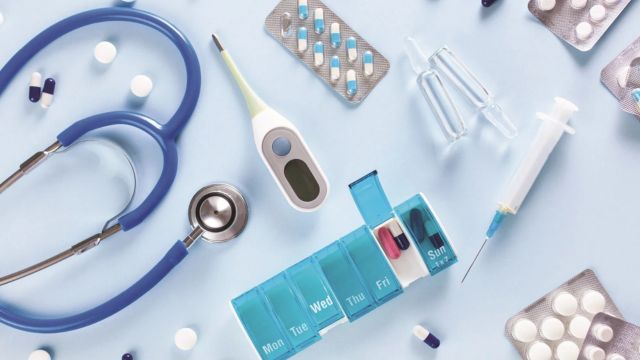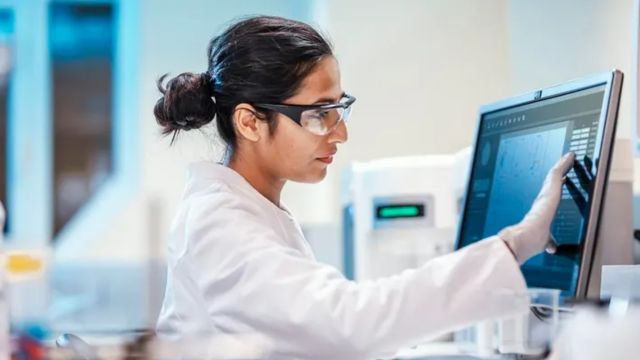The manufacturing of medical equipment depends critically on sterilization to guarantee that the goods are free of any bacteria that can endanger patient safety. Medical devices are absolutely important for healthcare, especially for operations, diagnostics, and therapies, so they must be strictly sterilized according to standards. In the production of medical devices, sterilization does, however, provide various difficulties. These difficulties could result from problems with technology, material compatibility, and legal criteria. The common difficulties in sterilizing methods will be discussed in this paper together with how manufacturers may solve them to guarantee both safety and effectiveness.
- Selecting the Correct Method of Sterilisation
Choosing the suitable sterilising technique for various medical equipment presents one of the main difficulties manufacturers encounter. Several sterilising techniques exist, including:
Steam Sterilization (Autoclaving): Perfect for most surgical tools but not appropriate for heat-sensitive materials, steam sterilization—autoclaving—is
Ethylene Oxide (EtO) Sterilization: Effective for heat-sensitive devices, ethylene oxideide (EtO) sterilisation calls for particular handling and a long process.
Gamma Radiation Sterilization: Common in single-use device sterilization—especially for plastic-based products—gamma radiation sterilisation
Hydrogen Peroxide Sterilization: A more recent approach becoming popular because of its faster cycles and efficiency at low temperatures is hydrogen peroxide sterilisation.
Every technique has advantages and drawbacks; the materials and design of the medical gadget will help one choose the appropriate one. To guarantee the sterilising process does not impact the integrity, operation, or safety of the equipment, manufacturers have to undergo extensive testing and simulations.
- Problems With Material Compatibility
Many times, medical equipment is composed of a range of materials, including plastics, ceramics, and metals. Particularly with regard to steam and radiation, the sterilising procedure might change the physical characteristics of these materials. For example, some plastics might break down in response to radiation or heat, while chemical sterilants could change some coatings.
How to Overcome This Difficultty:
Material Testing: Manufacturers must do thorough material testing to evaluate how various sterilising methods affect materials. This tests should also consider the length and intensity of the sterilising procedure.
Alternative Materials: Manufacturers should investigate employing materials especially meant to resist strong sterilising techniques in circumstances where sterilisation may affect material integrity.
Design Modifications: Sometimes small changes to the device’s design can help to lower its sensitivity to damage connected to sterilisation.
- Compliance with Regulating Standards and Validation
Specific rules and standards for sterilisation techniques in medical device manufacture have been established by regulatory authorities such the FDA, ISO, and other worldwide organisations. Although these rules guarantee sterliness of medical devices, they significantly complicate the production process. Ensuring a consistent, repeatable, totally complying with these criteria sterilising method is difficult.
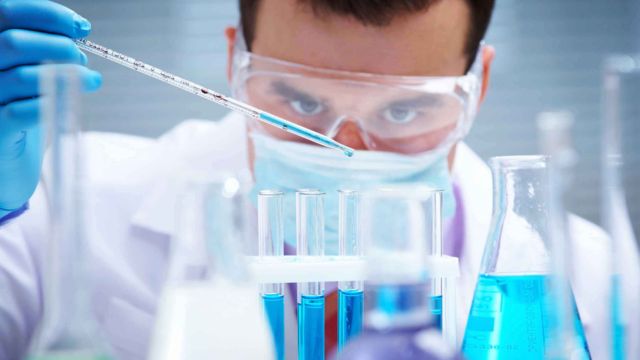
How to Overcome This Obstacle:
Regular Audits: Manufacturers should routinely audit their own companies to make sure sterilising procedures satisfy legal requirements.
Sterilization Validation: Before a gadget is sold, makers have to prove the effectiveness of the sterilising technique by thorough research showing its worth.
Documentation: Compliance and future audits depend on keeping careful notes of sterilising cycles, temperature, humidity, and other pertinent variables.
- Time and Money Restraints
Particularly techniques like EtO and gamma radiation, sterilising can be time-consuming and expensive. Manufacturers must strike a compromise between maintaining reasonable costs and creating sanitary, premium tools. Complex sterilisation techniques or prolonged sterilising cycles might slow down manufacturing schedules and raise running expenses.
How to Overcome This Difficultty:
Optimization of Sterilization Cycles: Manufacturers should constantly evaluate and improve sterilisation cycles such that they are as efficient as they could be without sacrificing sterility.
Outsourcing Sterilization: Some businesses decide to outsource their sterilising operations to outside vendors with specialised tools and knowledge, therefore saving time and money while also upholding strict standards.
Automation: Using automated sterilising systems will help to lower human error, boost efficiency, and cut sterilising time needed.
- guaranteeing effectiveness in sterilisation
Ensuring that the sterilising technique totally eliminates dangerous bacteria is the most important difficulty of course. Ignorance of appropriate sterilising techniques for a medical device could result in serious health hazards including infections for the patient. Inappropriate sterilising methods may also cause product recalls, lawsuits, and reputation damage for a business.
How to Overcome This Difficultty:
Quality Control Measures: Install strong quality control systems to track sterilising procedures at every level. Real-time tracking of temperature, pressure, and chemical levels is among this as well.
Use of Biological Indicators (BIs): Testing the procedure using live microorganisms helps one check the efficacy of sterilising techniques by means of biological indicators (BIs.). This guarantees the needed microbial death in the sterilising cycle.
Regular Training: Staff members engaged in sterilisation have to be constantly learning about the most recent sterilising methods, legal requirements, and best practices.
Final Thought
An indispensable but difficult feature of the production of medical devices is sterilisation. Manufacturers may guarantee that their medical devices are safe, efficient, and comply with industry standards by tackling the shared challenges of sterilising techniques, material compatibility, regulatory compliance, cost, and efficacy. Overcoming these obstacles mostly depends on continuous research, appropriate training, and continuous process improvement under direction.
J & J Supplies is dedicated to provide the best clinical engineering solutions and medical supplies to meet your healthcare demands. Subscribe to our newsletter to keep informed about the newest ideas and industry standards. Use our materials now to keep ahead of the fast changing healthcare industry.
Frequently Asked Questions (FAQs):
What is the most common method of sterilization for medical devices?
The most common sterilization methods include steam sterilization (autoclaving), ethylene oxide (EtO), and gamma radiation. The method chosen depends on the material and design of the device.
How long does the sterilization process take?
The duration of the sterilization process varies depending on the method used. For example, autoclaving typically takes around 30 to 60 minutes, while EtO sterilization can take several hours.
Can sterilization affect the functionality of medical devices?
Yes, certain sterilization methods, especially high heat or radiation, can affect the material properties or functionality of medical devices. Proper testing and validation are essential to ensure compatibility.
How do manufacturers ensure sterilization methods are compliant with regulations?
Manufacturers must conduct sterilization validation studies, maintain detailed records of sterilization cycles, and perform regular internal audits to ensure compliance with standards set by regulatory bodies like the FDA and ISO.
Are there alternatives to traditional sterilization methods?
Yes, newer methods like hydrogen peroxide vapor sterilization and ultraviolet (UV) light sterilization are being explored for their effectiveness on heat-sensitive devices. These methods may offer faster cycles and lower environmental impact.



